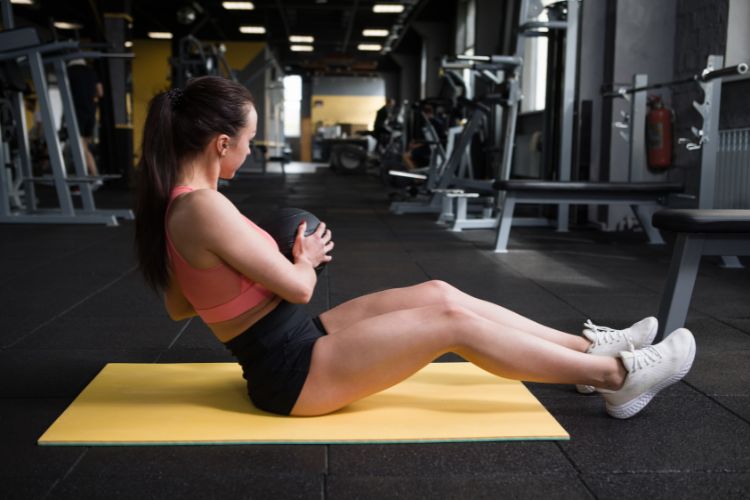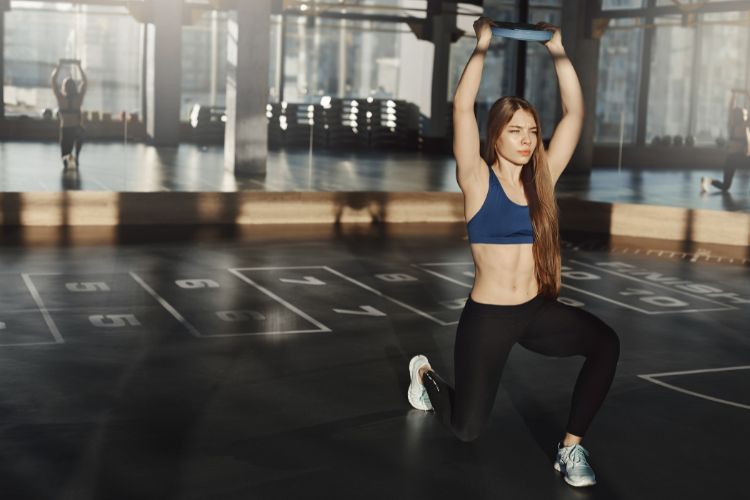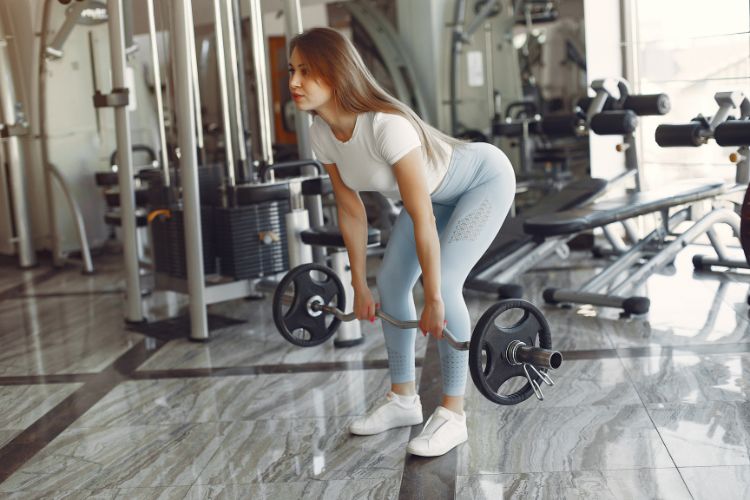Sign up for workout ideas, training advice, reviews of the latest gear and more.






When it comes to physical fitness, most of us focus on activities that help us look good in our favorite outfits. But how about considering an approach that not only enhances our appearance but also improves our health and overall well-being? One of the most effective ways to achieve this is by incorporating core training exercises into our fitness routine.
Core training is a type of exercise that targets the muscles located in the center of your body. These include your abdominal muscles, obliques, lower back, pelvic floor, and hip muscles. Your core muscles are responsible for supporting your spine and pelvis, maintaining your posture, and providing stability for everyday activities like bending, twisting, and lifting.
A strong core allows you to maintain a good posture, reducing the risk of chronic back pain and discomfort. A well-aligned posture can also enhance your self-confidence and overall appearance.
Core strength is critical for protecting your lower back from strains and injuries during daily activities and exercise. It also provides better support for your spine and reduces the risk of falls and fractures.
Whether you’re an athlete or just love being active, a strong core can improve your performance in activities like running, swimming, cycling, and yoga, as it enables better balance, stability, and coordination.
After childbirth, core training can help new moms regain strength, reduce postpartum back pain, and facilitate a smoother transition back to pre-pregnancy fitness levels.
From lifting groceries to playing with your kids, a strong core makes everyday activities more effortless and enjoyable.
Start Slow: If you’re new to core training, start with simple exercises and gradually increase the intensity. Don’t rush to advanced moves; progress takes time.
Focus on Form: Proper form is vital to prevent injuries and get the most from your exercises. Consult a fitness professional or watch instructional videos to ensure you’re performing the exercises correctly.
Engage Your Core: To activate your core muscles during any exercise, tighten your abdominal muscles as if you’re bracing for a punch.
Combine Strength and Flexibility: Incorporate both strength-building and flexibility-enhancing exercises into your routine to maximize the benefits of core training.
Listen to Your Body: If you experience pain during core exercises, stop and reassess your form or consult a fitness professional. It’s essential to prioritize safety and avoid pushing yourself too hard.
Plank: This is a full-body exercise that targets your core, arms, and legs. Hold a push-up position, keeping your body in a straight line, and engage your core muscles. Hold for 30 seconds or longer.
Bicycle Crunches: Lie on your back with your hands behind your head and your knees bent. Lift your head and shoulders off the ground while bringing one elbow towards the opposite knee. Repeat on the other side for your core training.
Russian Twists: Sit on the floor with your knees bent and feet flat. Lean back slightly, lift your feet off the ground, and hold a weight or medicine ball with both hands. Rotate your torso and touch the weight to the floor on one side, then the other.
Bird-Dog: Start on your hands and knees. Extend one arm and the opposite leg simultaneously while keeping your core engaged and body stable. Hold for a few seconds, then switch sides.
Dead Bug: Lie on your back with your arms extended towards the ceiling and your knees bent at 90 degrees. Lower one arm and the opposite leg simultaneously, keeping your lower back pressed into the floor. Return to the starting position and repeat on the other side.
Pelvic Tilt: Lie on your back with your knees bent and feet flat on the floor. Engage your core and tilt your pelvis upward, pressing your lower back into the ground. Hold for a few seconds and release.
Remember, core training is not about achieving a six-pack; it’s about improving your overall strength, stability, and well-being. With dedication and consistent effort, you’ll reap the rewards of a strong core, enhanced daily life, and increased confidence in your physical abilities.
As with any exercise program, consult a healthcare professional before starting core training, especially if you have existing health conditions or concerns. Stay committed, stay strong, and embrace your inner power with core training.
Stay up to date on the latest women’s health, fitness and lifestyle trends and tips.